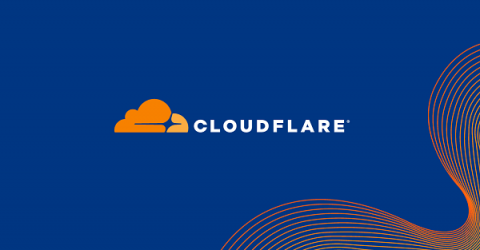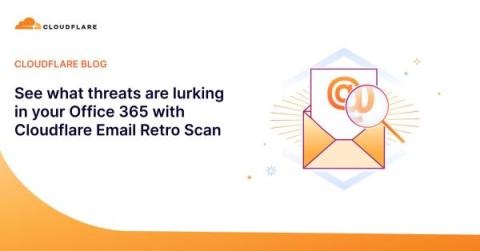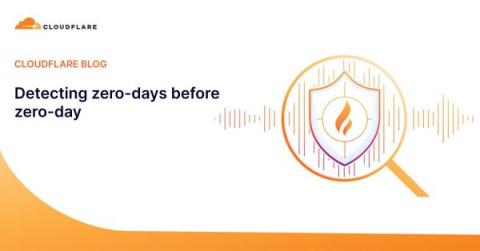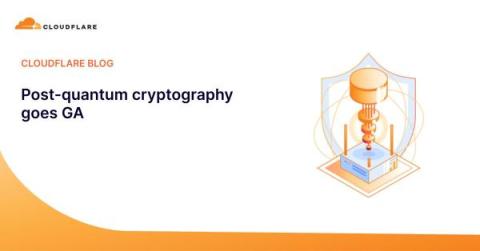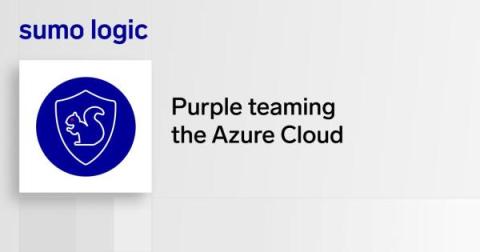Security | Threat Detection | Cyberattacks | DevSecOps | Compliance
Cloud
Cloudflare now uses post-quantum cryptography to talk to your origin server
Quantum computers pose a serious threat to security and privacy of the Internet: encrypted communication intercepted today can be decrypted in the future by a sufficiently advanced quantum computer. To counter this store-now/decrypt-later threat, cryptographers have been hard at work over the last decades proposing and vetting post-quantum cryptography (PQC), cryptography that’s designed to withstand attacks of quantum computers.
See what threats are lurking in your Office 365 with Cloudflare Email Retro Scan
We are now announcing the ability for Cloudflare customers to scan old messages within their Office 365 Inboxes for threats. This Retro Scan will let you look back seven days and see what threats your current email security tool has missed.
Detecting zero-days before zero-day
We are constantly researching ways to improve our products. For the Web Application Firewall (WAF), the goal is simple: keep customer web applications safe by building the best solution available on the market. In this blog post we talk about our approach and ongoing research into detecting novel web attack vectors in our WAF before they are seen by a security researcher. If you are interested in learning about our secret sauce, read on.
Encrypted Client Hello - the last puzzle piece to privacy
Today we are excited to announce a contribution to improving privacy for everyone on the Internet. Encrypted Client Hello, a new proposed standard that prevents networks from snooping on which websites a user is visiting, is now available on all Cloudflare plans. Encrypted Client Hello (ECH) is a successor to ESNI and masks the Server Name Indication (SNI) that is used to negotiate a TLS handshake.
Post-quantum cryptography goes GA
Over the last twelve months, we have been talking about the new baseline of encryption on the Internet: post-quantum cryptography. During Birthday Week last year we announced that our beta of Kyber was available for testing, and that Cloudflare Tunnel could be enabled with post-quantum cryptography. Earlier this year, we made our stance clear that this foundational technology should be available to everyone for free, forever.
How Netskope's Security Competency and AWS Integrations Help Address the Shared Responsibility Model
It’s no secret that Amazon Web Services (AWS) continues to grow by leaps and bounds as organizations modernize their IT infrastructure by migrating apps and workloads to the cloud. And due to the AWS shared responsibility model of cloud security, a deep and broad ecosystem of security vendors has also grown up alongside AWS.
How to execute an Azure Cloud purple team exercise
Datadog Cloud Security Management: Unified Security and Observability
Amazon (AWS) S3 Bucket Take Over
Let’s try something a bit different and take a look at some of Trustwave SpiderLabs’ Open Source Intelligence (OSINT) research findings, and exploitation of vulnerable buckets and domains. I published this research internally on February 3, 2023, and here are my findings. Today, I will share with you how deleted S3 buckets could become a liability or threat to your organization and highlight the importance of cybersecurity in data and asset management.


